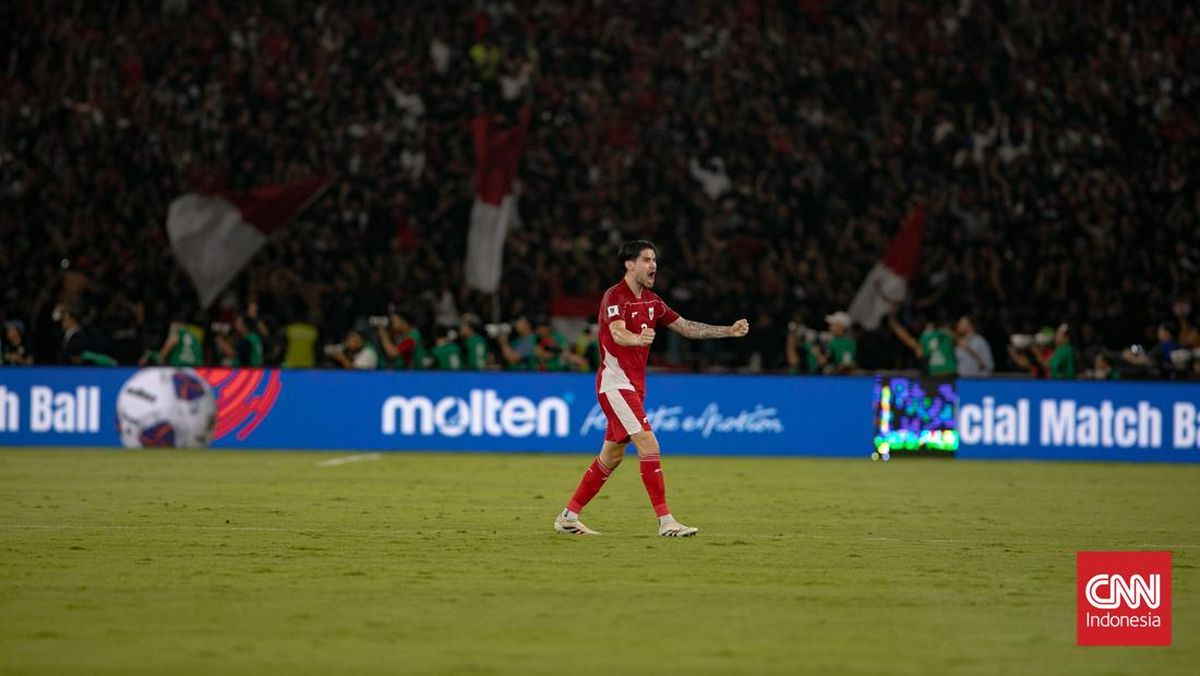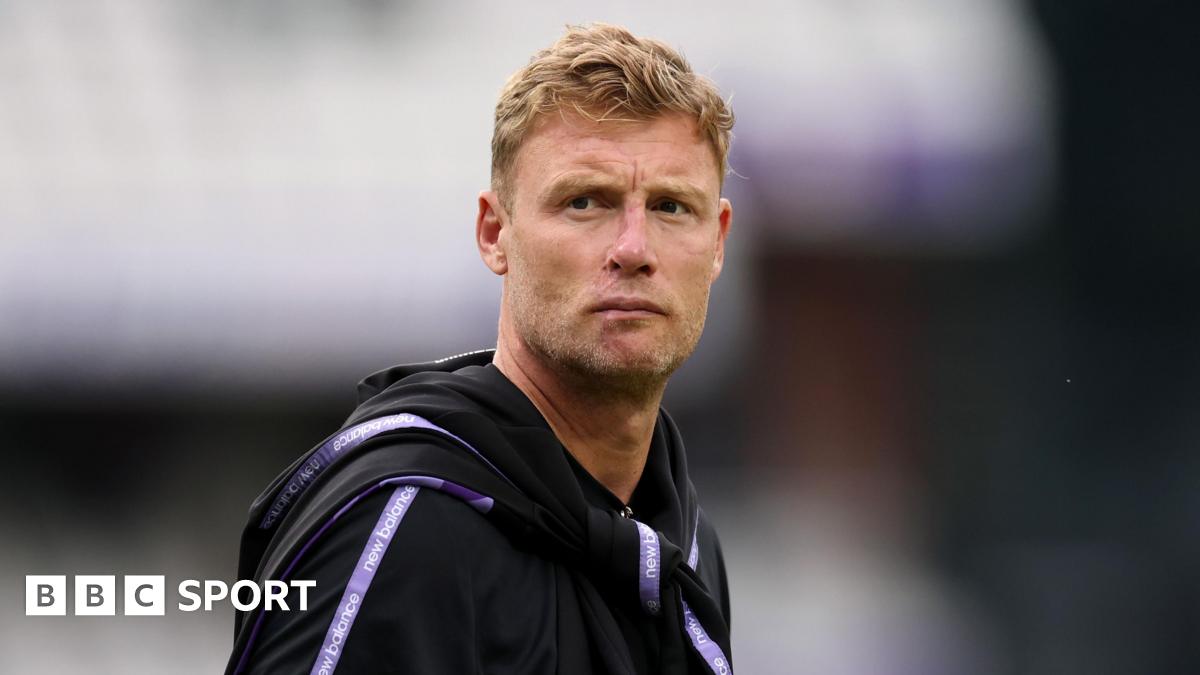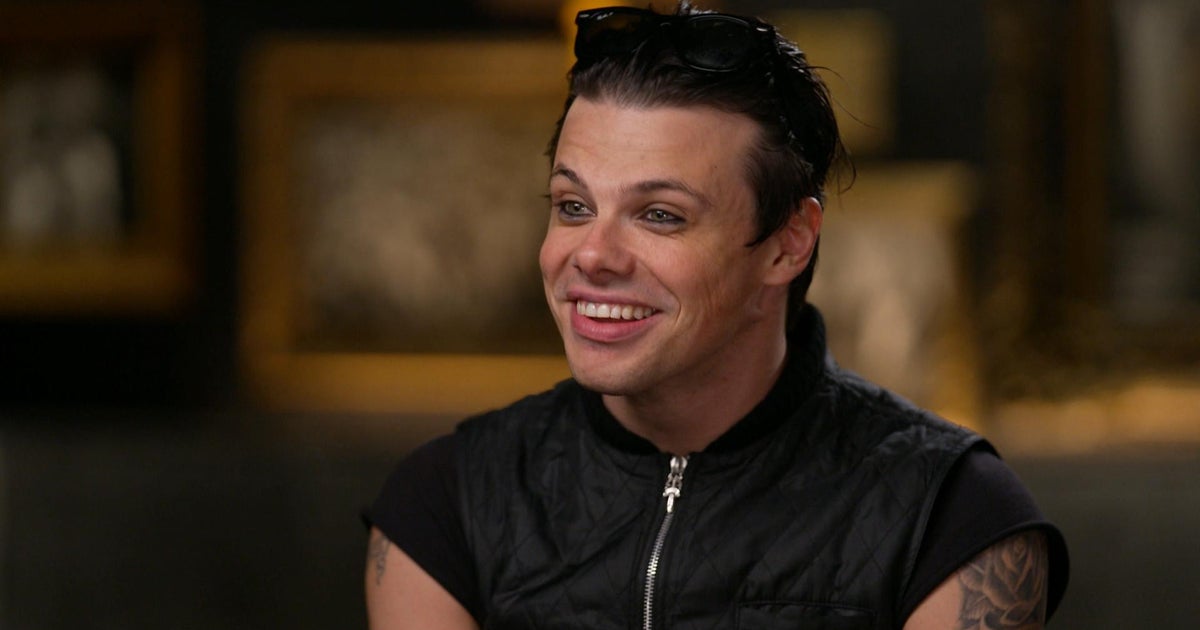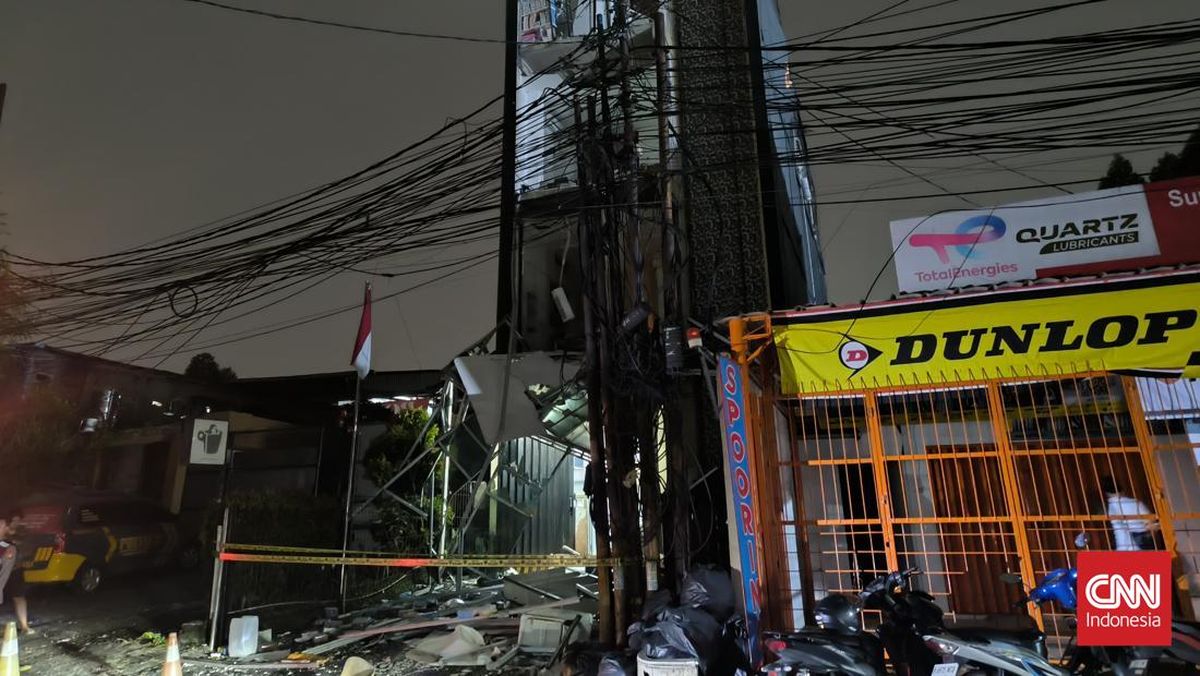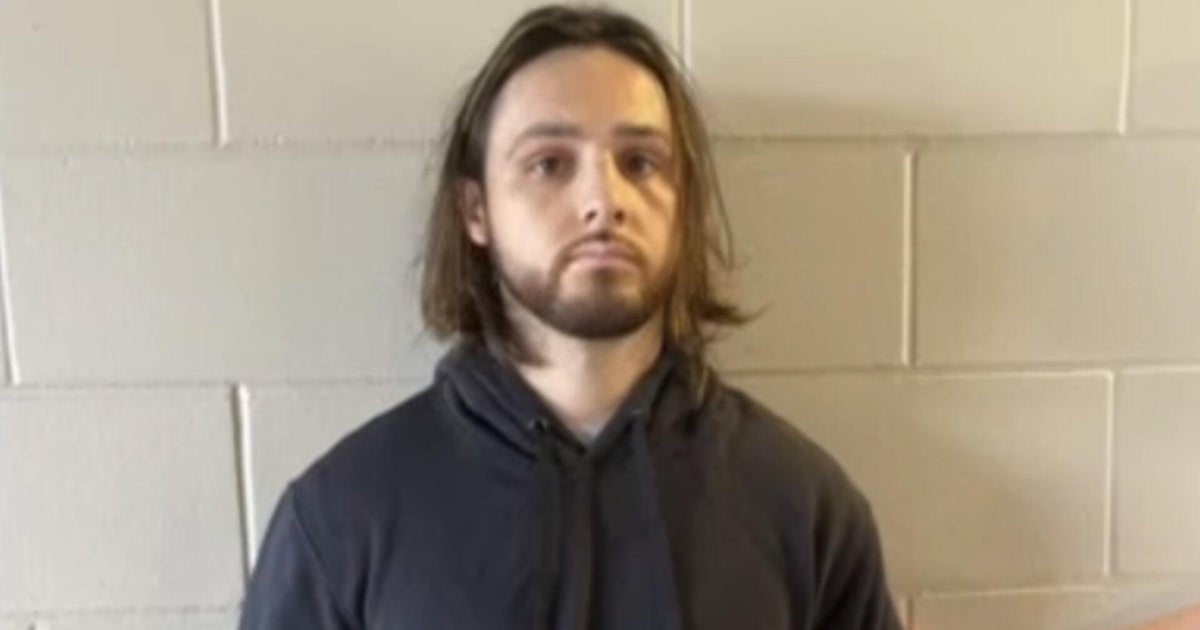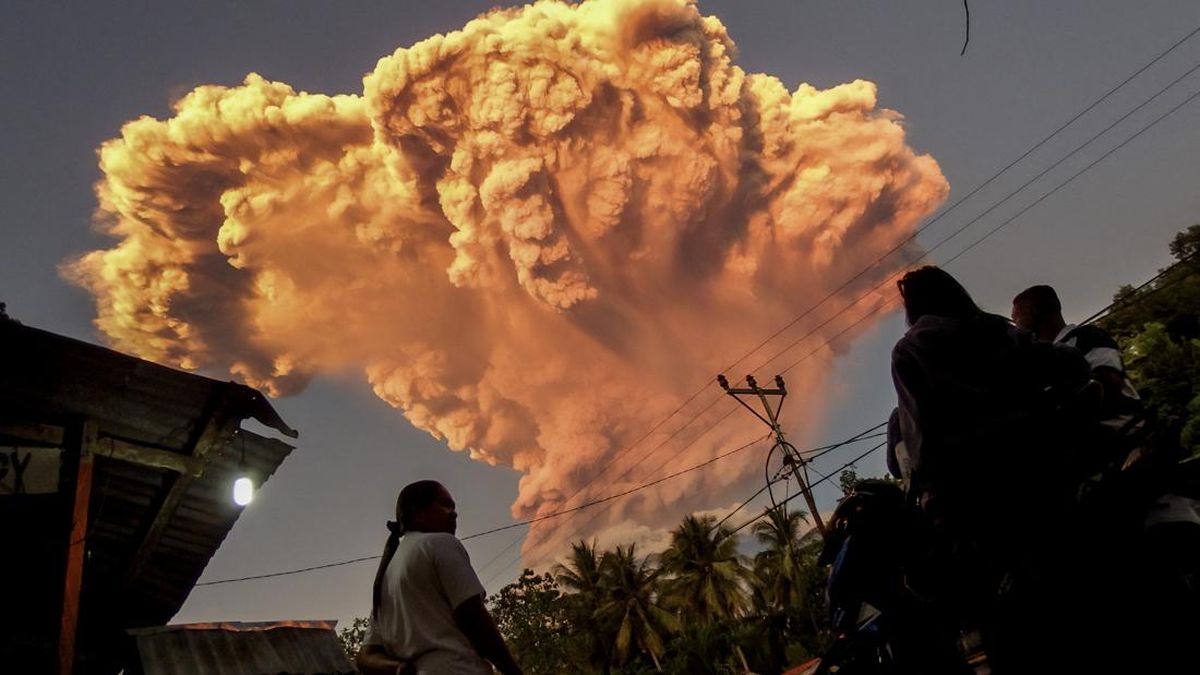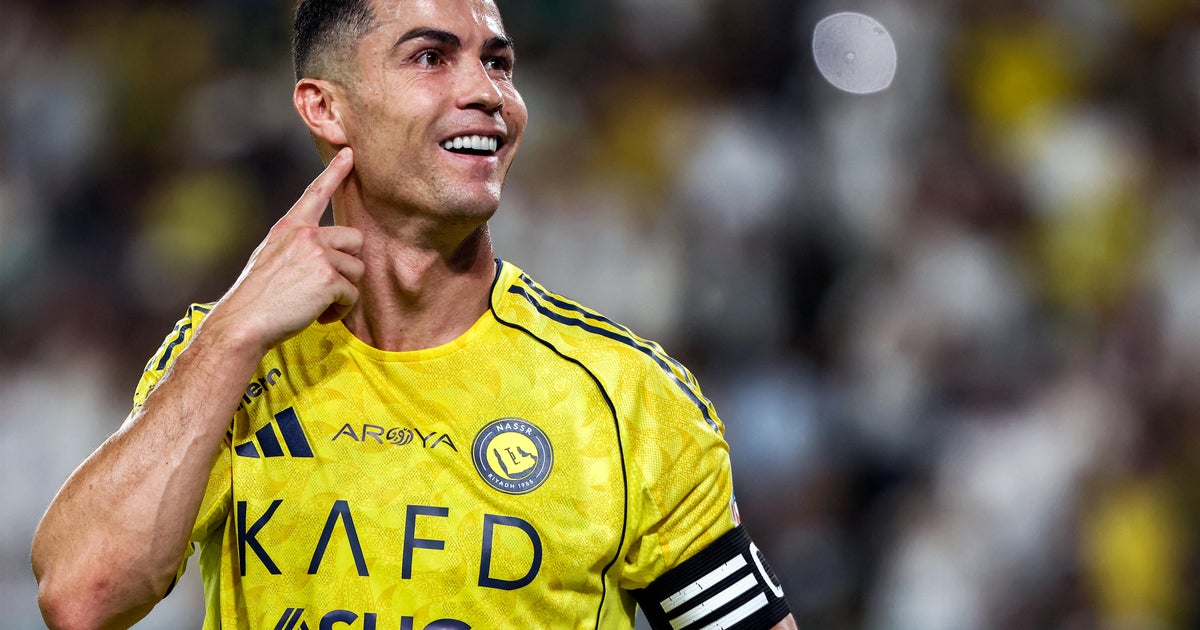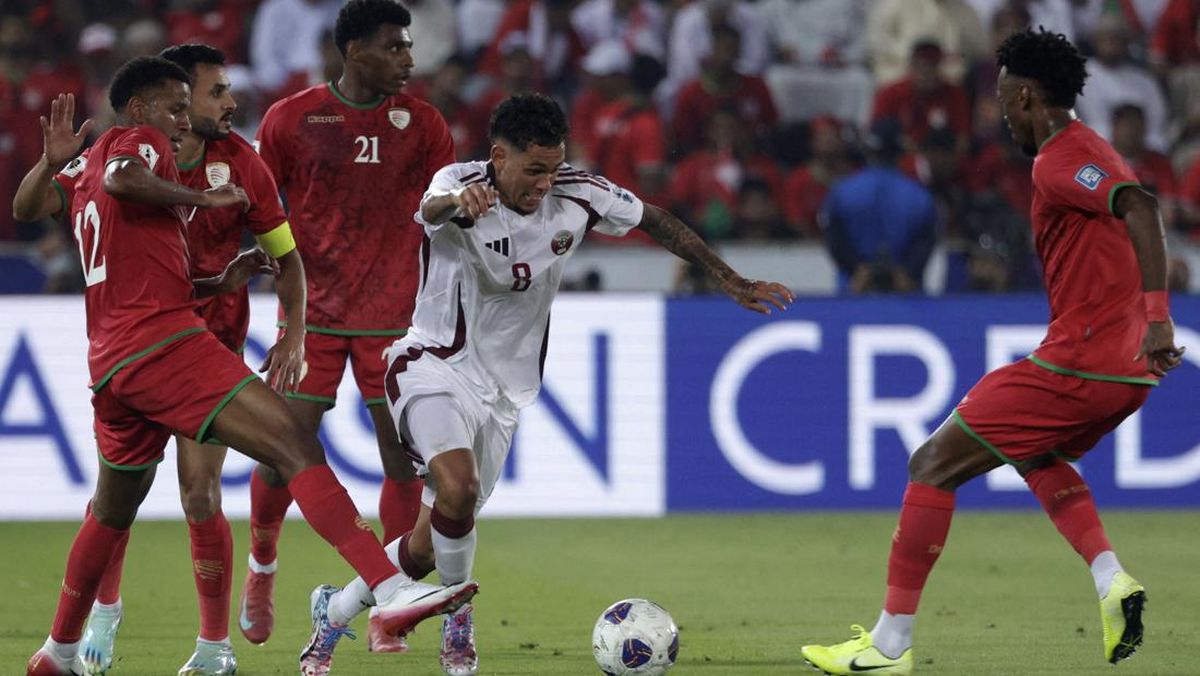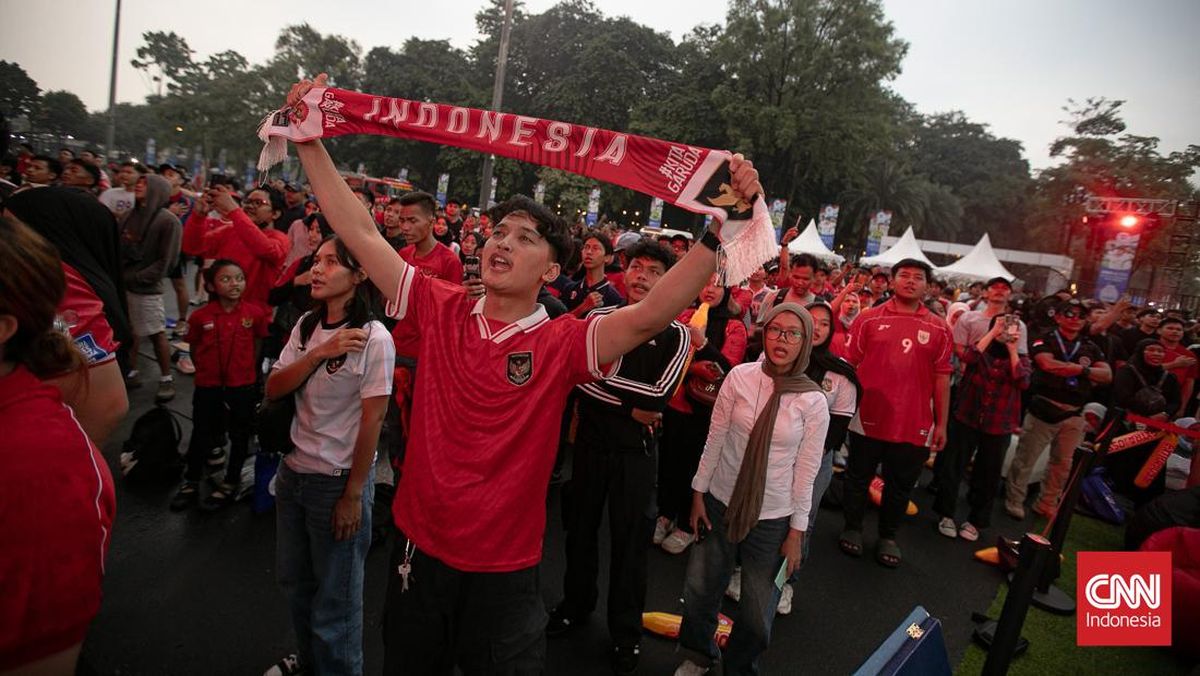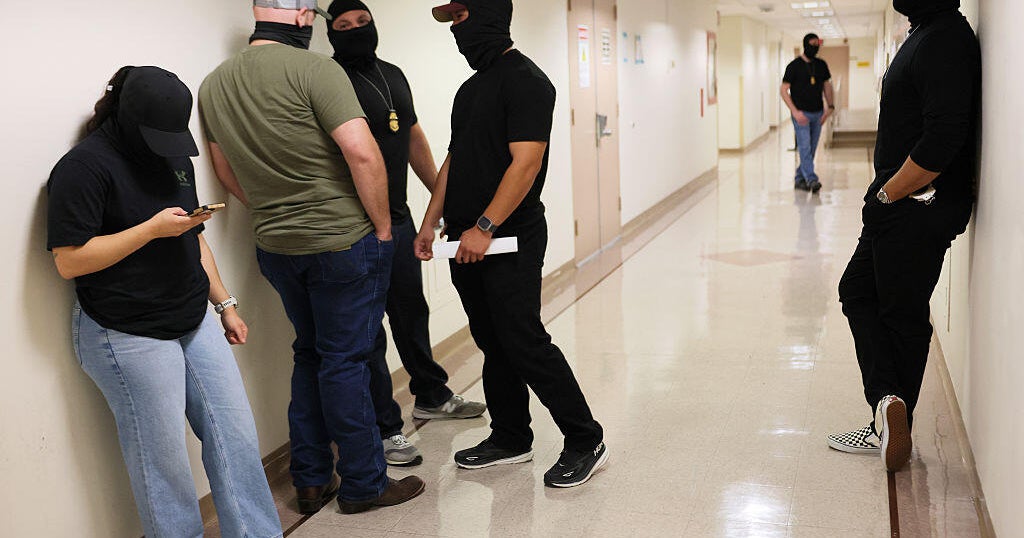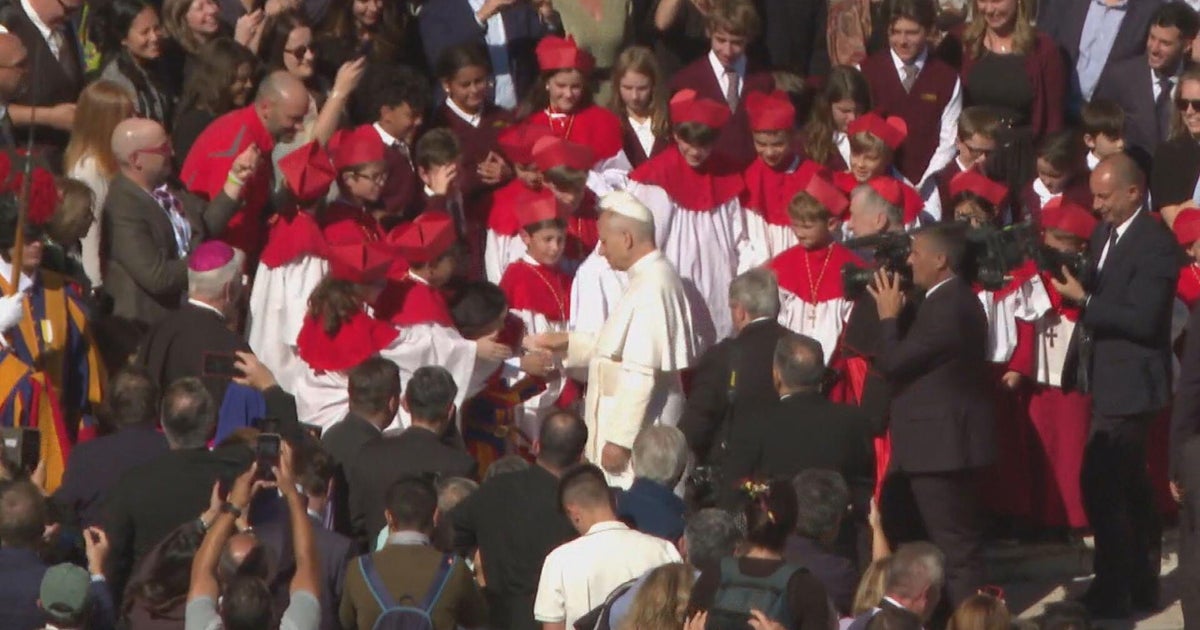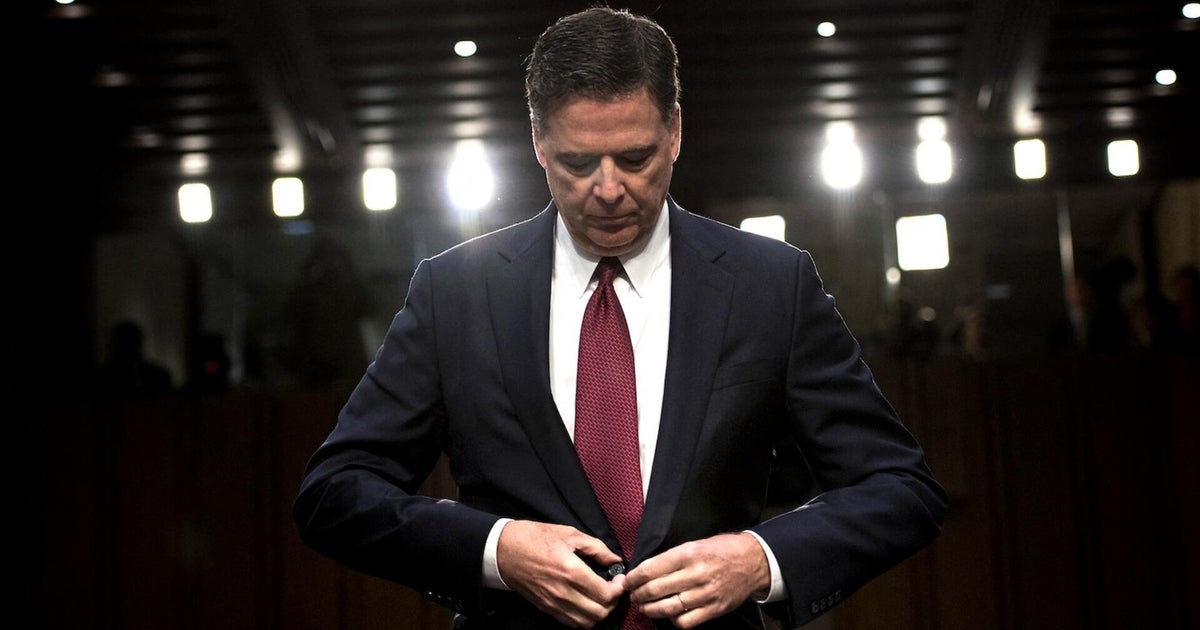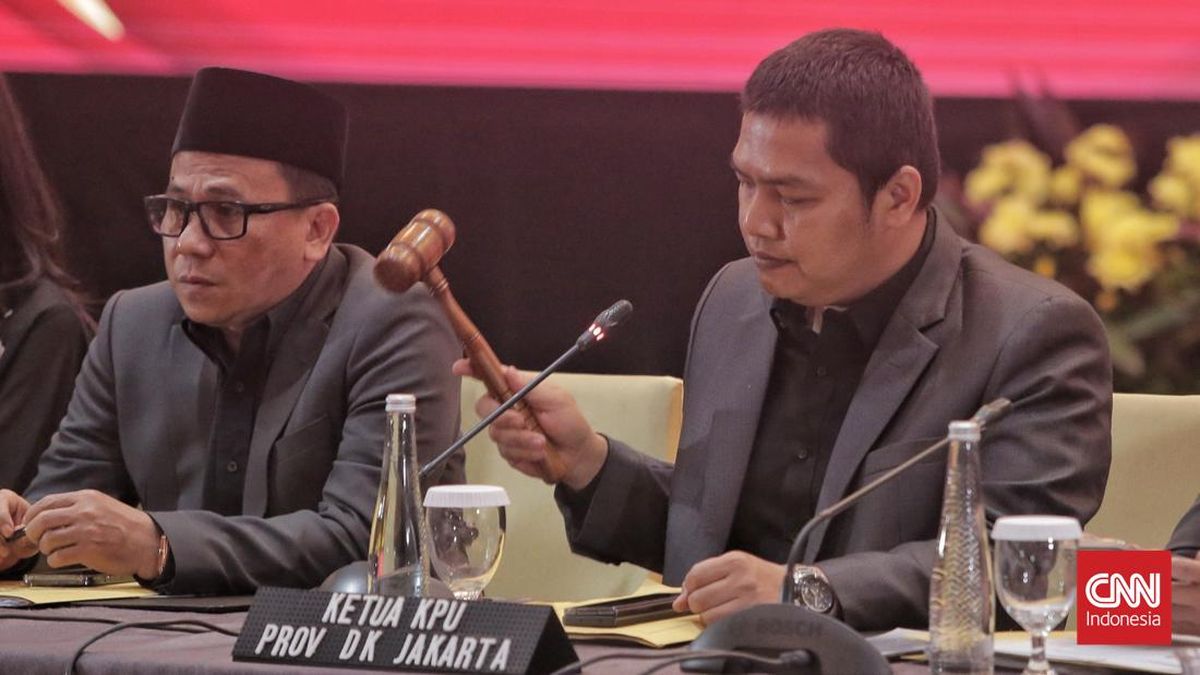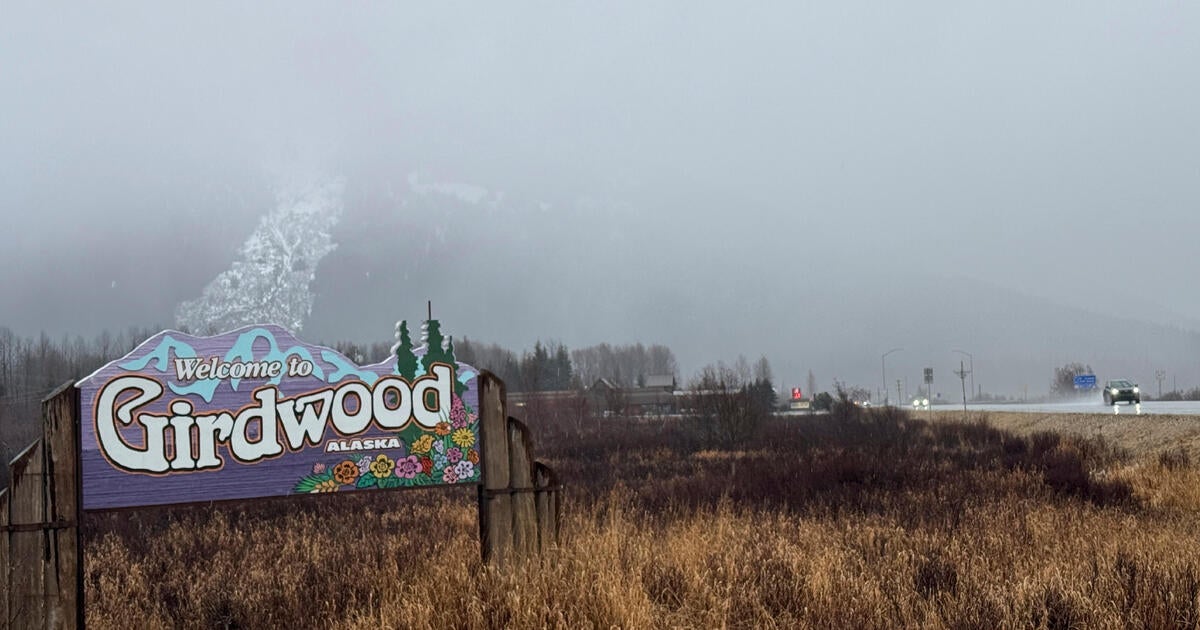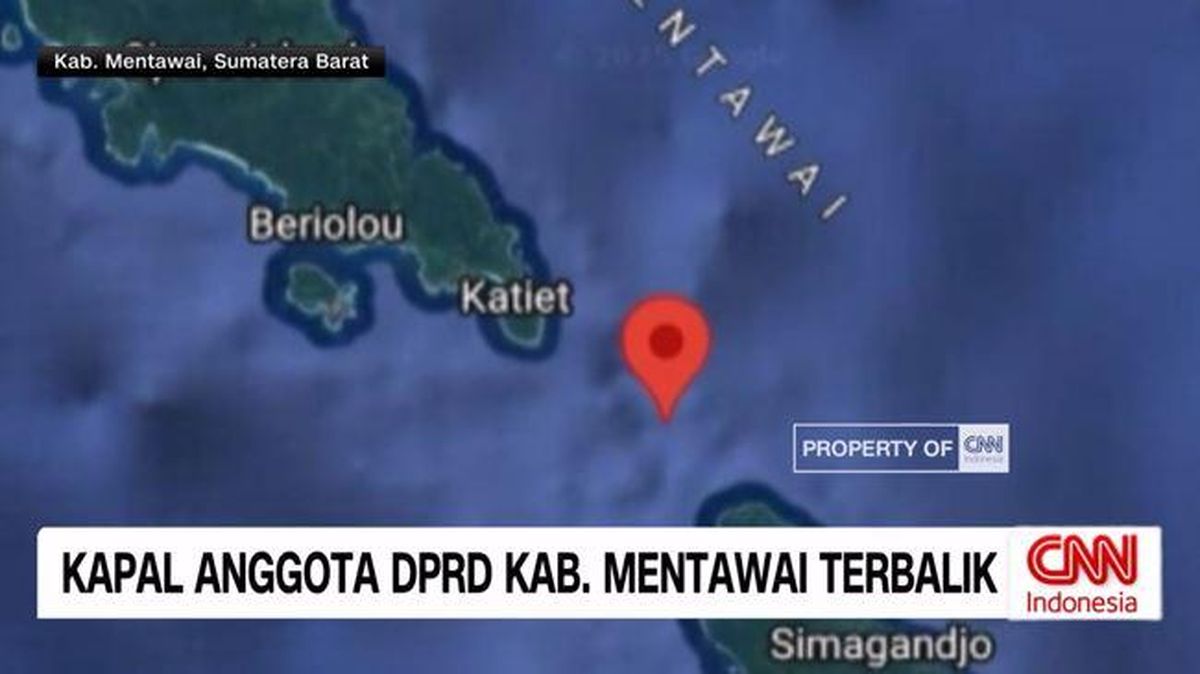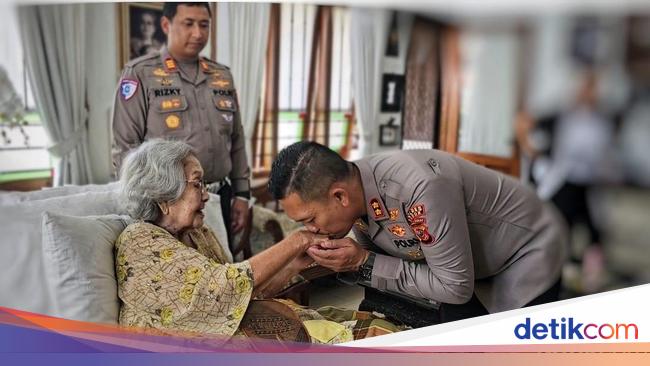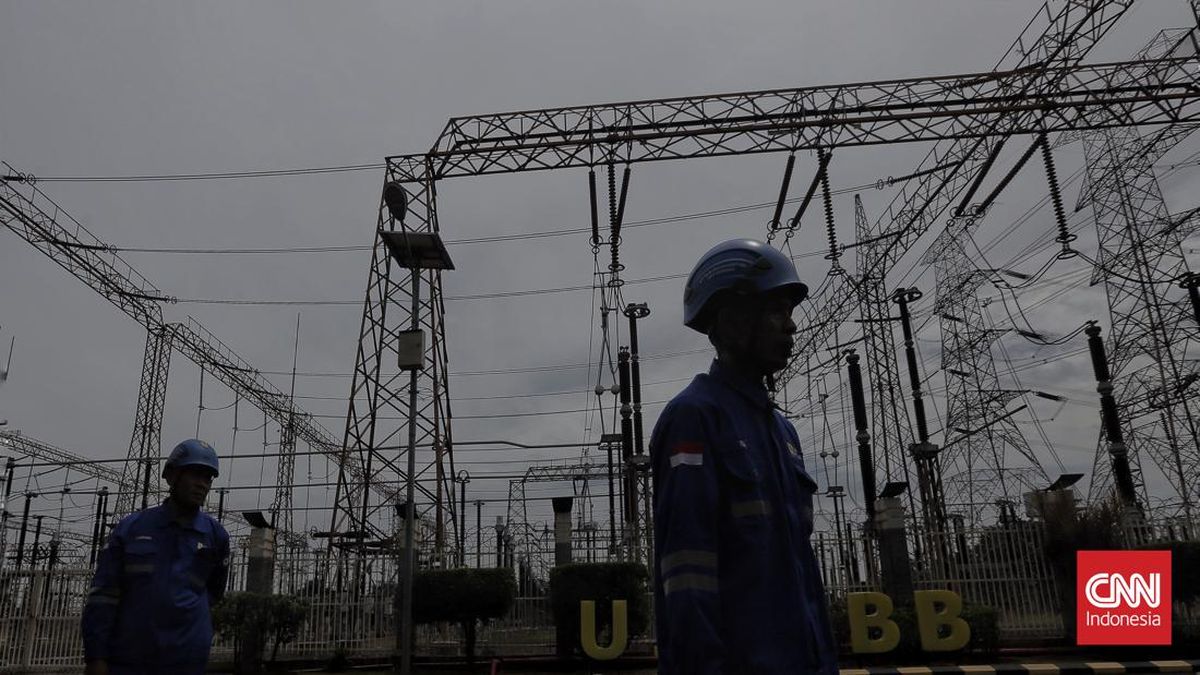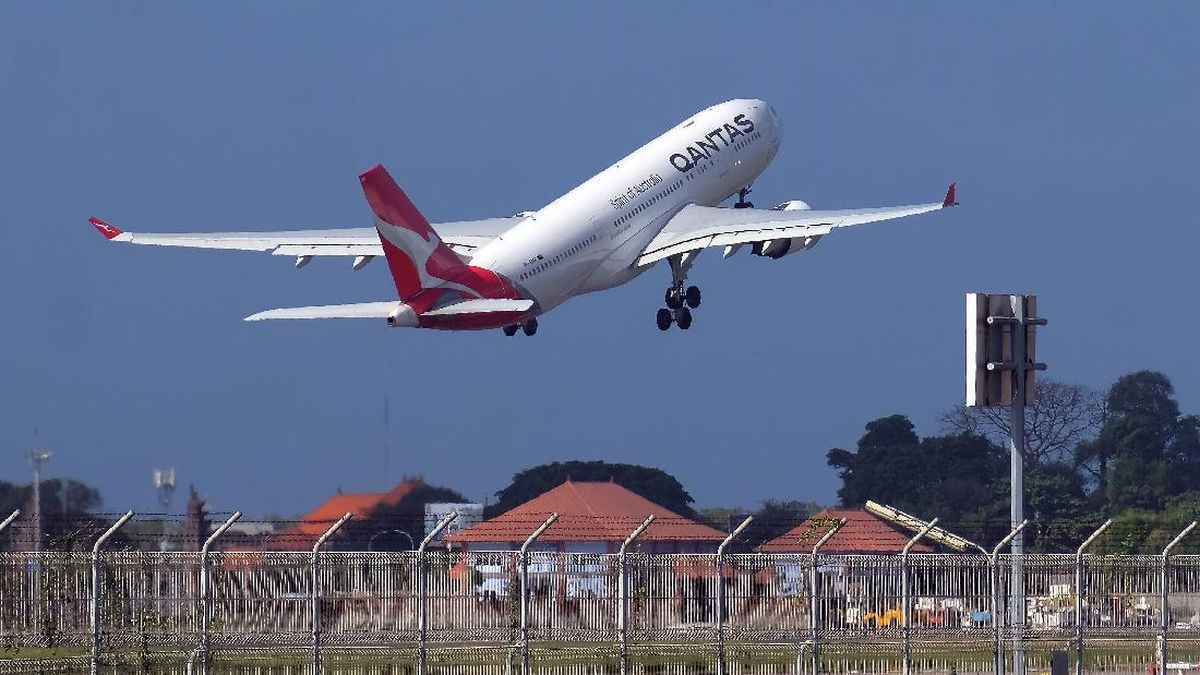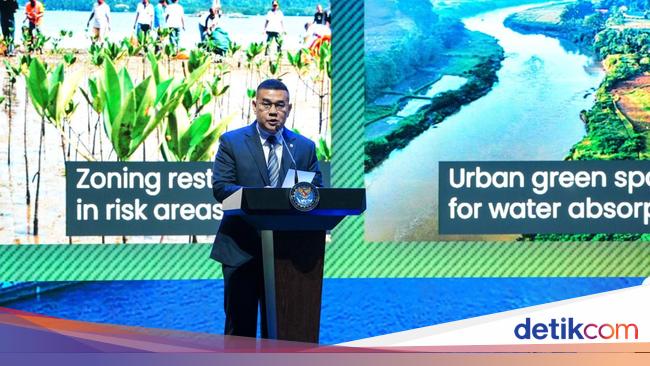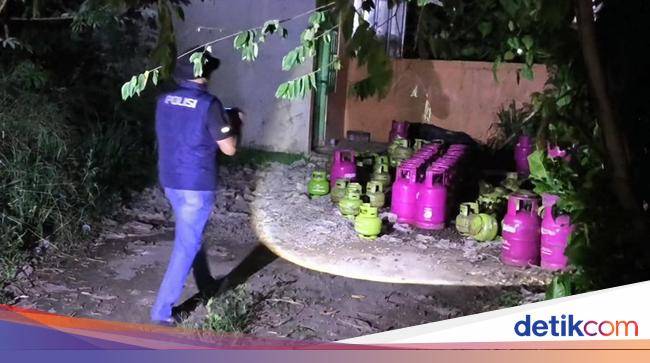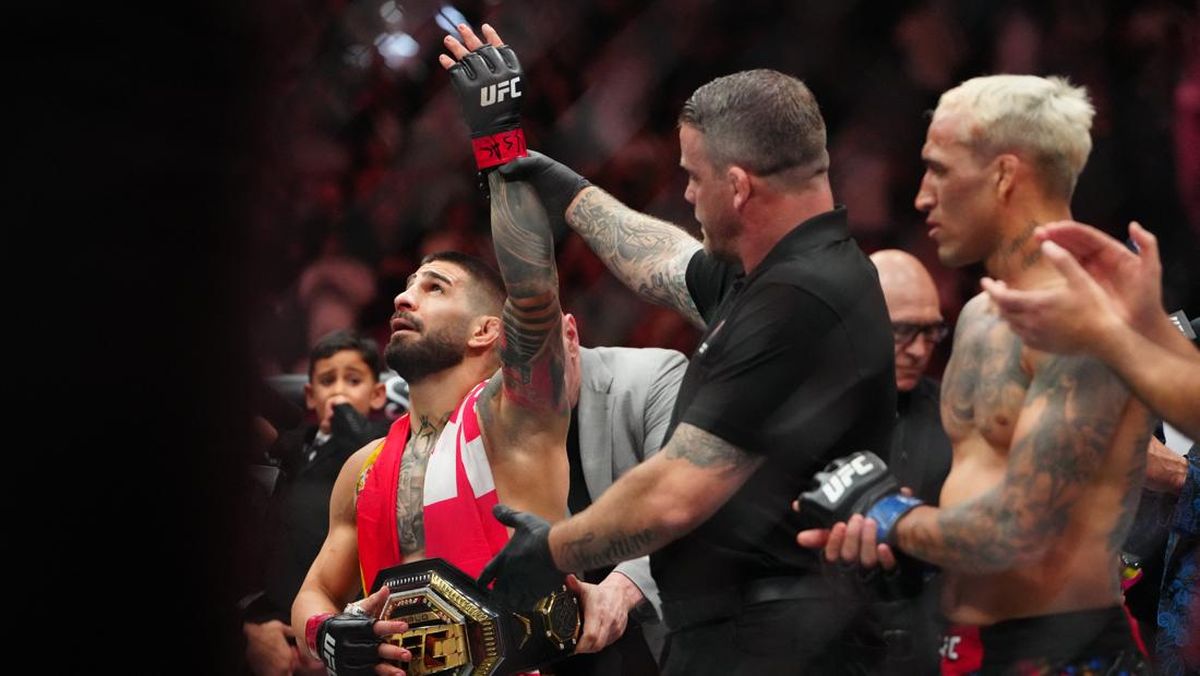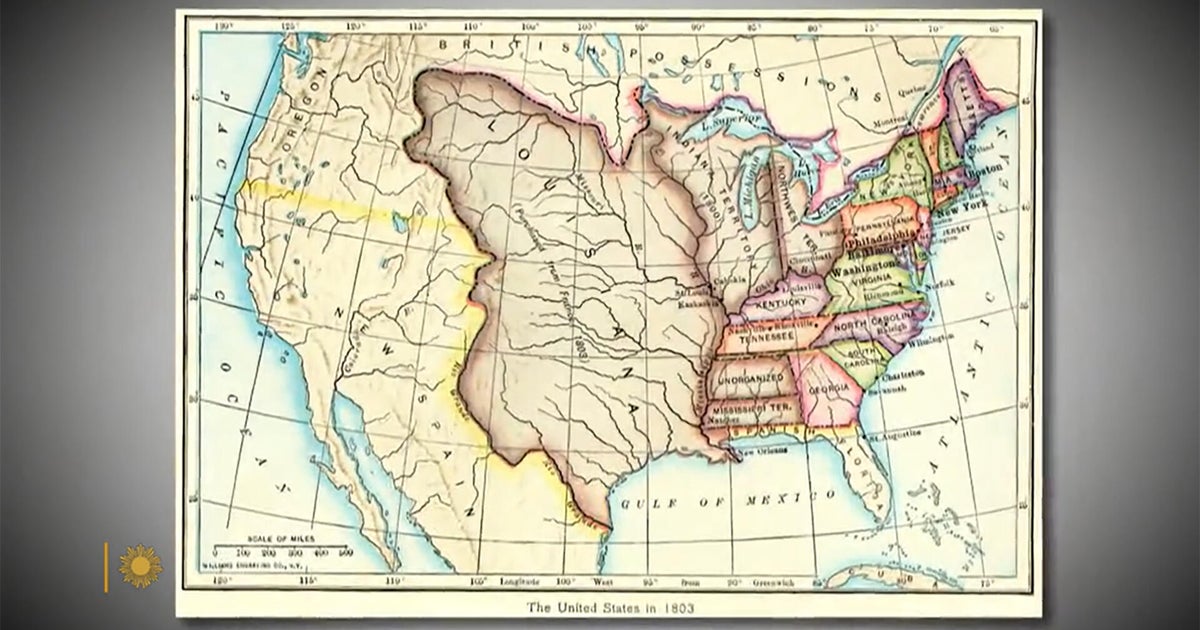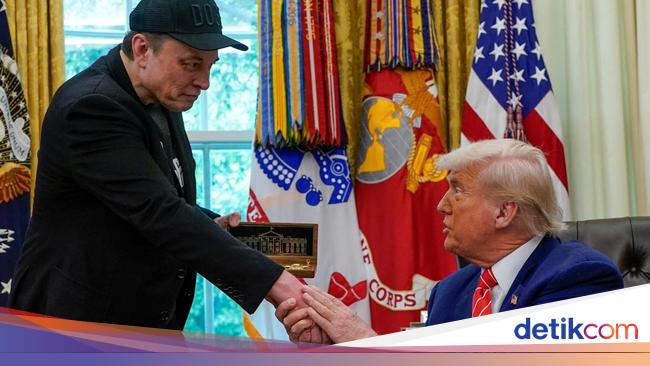One of Australia’s most celebrated artists, Emily Kam Kngwarray, will be taken to the world this week in a major exhibition in London – as a long-hidden letter reveals how Britain once dismissed the idea of showing her work.
London’s tube stations have been adorned with Kngwarray’s vivid paintings of ancestral stories to promote the major event at the Tate Modern, the first solo exhibition in Europe to show her work.

Emily Kam Kngwarray painting at Delmore Downs Station about 1992.Credit: Stever Strike
The exhibition, organised with the National Gallery of Australia, will run for six months and is expected to draw thousands of visitors to see more than 70 works including early batiks and her final paintings.
But a letter sitting in a London gallery reveals the Tate turned down an offer to show Australian Indigenous art when Kngwarray was taking the art world by storm.
When London gallery owner Rebecca Hossack asked the Tate to consider adding Indigenous works to its collection in August 1996, the institution replied that it was adding contemporary works but would not consider Indigenous artists.
“You may have noticed that we acquired a landscape by Fred Williams last year,” Tate director Nicholas Serota replied, referring to the famous Australian painter.
“I do not think that it would be appropriate for us to move further and to take on an interest in Australian Aboriginal art, any more than we can do the same for equivalent work being undertaken in Africa or Latin America.”

Emily Kam Kngwarray, Anmatyerr people, Ntang Dreaming, 1989, National Gallery of Australia.
Kngwarray, born on Anmatyerr country north of Alice Springs in around 1910, stunned the art world with her batiks and canvases after she began painting in her 70s. Her work now fetches millions of dollars at auction.
Hossack, who was born in Melbourne in 1955 and has run an independent gallery in London since 1988, said the Tate could have purchased an Emily for £800.
She said it was not unexpected for the Tate to be cautious about newer artists in the 1990s, just as British institutions had been wary of new movements throughout the 20th century.
“It’s really hard now, when the cultural landscape has changed so much, to imagine just how different it was back then,” she said this week.
“I wrote to every museum, all the time. Occasionally we hit the jackpot. But, at the time, the British landscape was quite conventional.”
Tate Modern, now an iconic institution after being launched by the Tate at the former Bankside Power Station in 2000, says it is staging the exhibition to show Kngwarray’s work “through the lens” of her world as a matriarch, storyteller, singer and custodian of country.
“Showing many works outside Australia for the first time, the exhibition will offer European audiences a once in a lifetime chance to experience Kngwarray’s powerful paintings and vibrant legacy,” the gallery said when it announced the exhibition.
“Kngwarray translated her ceremonial and spiritual engagement with her ancestral country, Alhalker, into vivid batik textiles and monumental acrylic paintings on canvas.”
The Tate Modern show follows the NGA’s major exhibition two years ago, described by the Herald’s former art critic John McDonald as an “essential experience” for understanding Australian art.
“The best of her work is simply breathtaking,” he wrote of the exhibition in these pages in December 2023.
“If the rest of the world is clamouring to see more of Emily, it’s because there’s nobody like her.”
Kngwarray was raised in ceremonial traditions that included painting bodies with ground ochres, shaping her work when she began painting in later life.
Loading
Kngwarray did not see a white man until she was nine years old – he was a policeman leading an Indigenous prisoner in chains – and became a stockhand at a nearby cattle station.
Only decades later, as she and other women began telling their stories on batik at Utopia in the 1970s, did galleries discover her art.
Hossack represented Kngwarray in London and visited her in Utopia.
“She was incredibly strong – I mean, very small, but just so strong,” she recalled.
“Spiritually strong. You just felt like she was really powerful.
“With initiated Aboriginal people that I have met, their knowledge is equivalent to us knowing the Iliad and the Odyssey off by heart. There is just a sort of huge, profound body of knowledge.”
Hossack also described Kngwarray at work in an obituary published in the days after she died in September 1996 – just as the Tate was considering the suggestion that it take an interest in Indigenous art.
“She worked sitting on the ground, with her canvas held close to her body, while she dabbed on the paint with an economic intensity,” Hossack wrote in The Independent.
“She worked from the outside inward, turning the canvas gradually, and changing her brush hand to facilitate the task.
“Although she spoke no English, her sense of fun, as well as her unforced dignity, was readily communicated.”
Most Viewed in World
Loading

